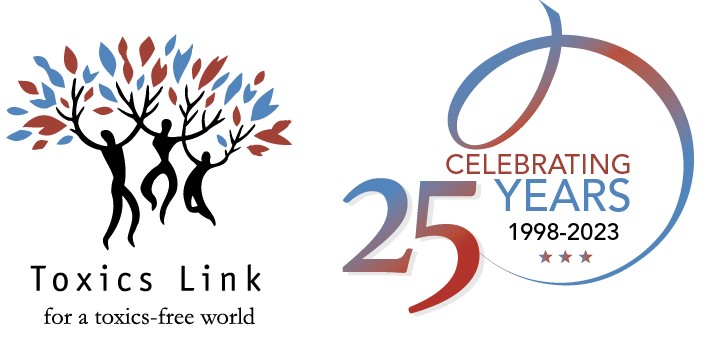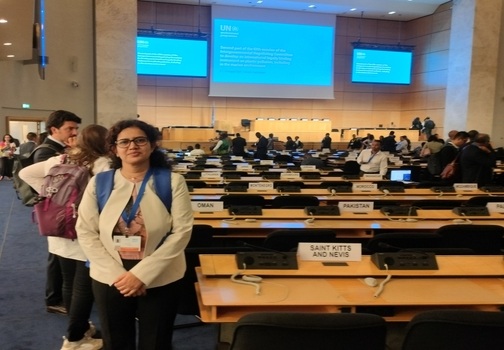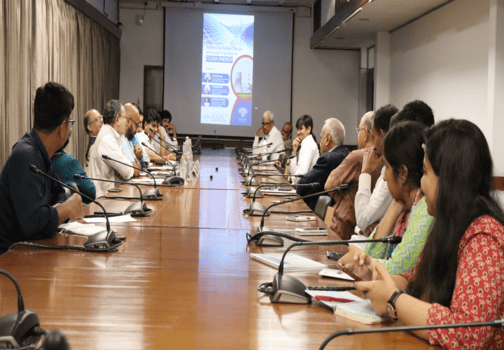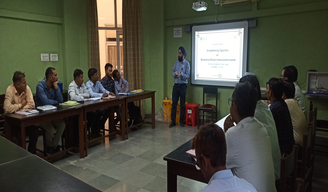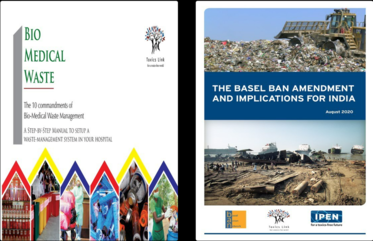E-waste generation in the country
GOVERNMENT OF INDIA
MINISTRY OF ENVIRONMENT, FOREST AND CLIMATE CHANGE
RAJYA SABHA
UNSTARRED QUESTION NO. 2130
TO BE ANSWERED ON 16.12.2021
E-waste generation in the country
2130. SHRI RAKESH SINHA:
Will the Minister of ENVIRONMENT, FOREST AND CLIMATE CHANGE be pleased to state:
(a) estimated e-waste in the country during the last five years, year-wise;
(b) types of e-waste generated in the country;
(c) global ranking of India in producing e-waste;
(d) action Government is taking to effectively implement laws meant for managing ewaste;and
(e) the impact due to management of e-waste by informal sectors?
ANSWER
MINISTER OF STATE IN THE MINISTRY OF ENVIRONMENT, FOREST AND CLIMATE CHANGE
(SHRI ASHWINI KUMAR CHOUBEY)
(a) The E-Waste (Management) Rules, 2016 are effective from 01.10.2016. Accordingly,
Central Pollution Control Board (CPCB) has estimated the generation of e-waste at the
national level on the basis of sales data of 21 types of notified Electrical & Electronic
Equipment (EEE) from Financial Year (FY) 2017-2018. The estimated generation of e-waste
during FY 2017-2018, FY 2018-2019 & FY 2019-2020 is given below:
Financial Year Estimated Generation in Tonnes
2017-18 7,08,445.00
2018-19 7,71,215.00
2019-20 10,14,961.21
(b) Under the E-Waste (Management) Rules, 2016, twenty-one (21) types of EEE has been
notified. These notified EEE at the end of their life becomes E-Waste.
(c) India ranks third in terms of e-waste generation (Source – policy paper on circular
economy in electronics and electrical sector prepared by Ministry of Electronics and
Information Technology (MeitY).
(d) Following Steps have been taken by the government for effective implementation of
the E-Waste (Management) Rules, 2016:
- Implementation Guidelines for E-Waste (Management) Rules, 2016 comprising of
nine (9) specific guidelines have been prepared and uploaded on the web site of
Central Pollution Control Board (CPCB).
- Guidelines for Producer Responsibility Organizations (PRO) have been prepared
and uploaded on the web site of CPCB.
iii. The guidelines for environmental compensation charges (ECC) under e-waste
rules have been prepared in December, 2020.
- An Action Plan is in place for enforcement of the e-waste rules in the country, and
is being implemented through State Pollution Control Boards (SPCBs)/ Pollution
Control Committees (PCCs). SPCBs/PCCs are submitting quarterly progress
report as envisaged in the Action Plan through a web portal developed for this
purpose.
- CPCB through SPCBs/PCCs has established a system of continuous verification of
the producer’s system of collection and verification of their compliance including
collection target. The SPCBs/PCCSs also has to continuously verify the
dismantlers and recyclers of e-waste. SPCBs/ PCCs are required to submit their
quarterly progress report trough a web portal in the system.
- There are 468 authorised Dismantlers/Recyclers in 22 States/UTs having
processing capacity of 13,85,932.22tonnes.
vii. Standard Operating Procedure (SoP) for grant of Extended Producer Responsibility
Authorisation (EPRA) under E-Waste (Management) Rules, 2016 has been
prepared for applicant where guidance has been provided for how to fill up
applications.
viii. There are 2808 collection centres/points in the country.
- Monitoring mechanisms for effective implementation of the e-waste Rules are
detailed below:
Annual and Quarterly returns fromExtended Producer Responsibility(EPR)
authorized Producers.
Annual Returns from PROs.
Annual returns from authorized Manufacturers, Dismantlers, Recyclers,
Refurbishers, Bulk Consumers to concerned SPCBs/PCCs.
Annual Report from SPCBs/PCCs to CPCB.
Annual Review Report from CPCB to MoEF&CC.
Random verifications of dismantler/ recyclers to ensure compliance of CPCB
guidelines.
Random inspection of EPRA producers (Collection centres) to ensure
compliance of EPR conditions.
(e) E-waste contains precious and semi-precious materials such as ‘silver, gold, platinum,
palladium and plastics, iron, glass, aluminium, and copper etc.’. It also contains hazardous &
toxic substances such as ‘lead, cadmium, mercury, polychlorinated bi-phenyls (PCBs), etched
chemicals, brominated flame retardants (BFR), arsenic, asbestos and nickel etc. Presence of
precious and semi-precious materials makes e-waste an attractive waste and if it left to
informal sector where no scientific methods are used and also no adequate measures are
taken for safe storage and pollution control, for extraction of the material, it may cause
adverse impact on health and environment.
